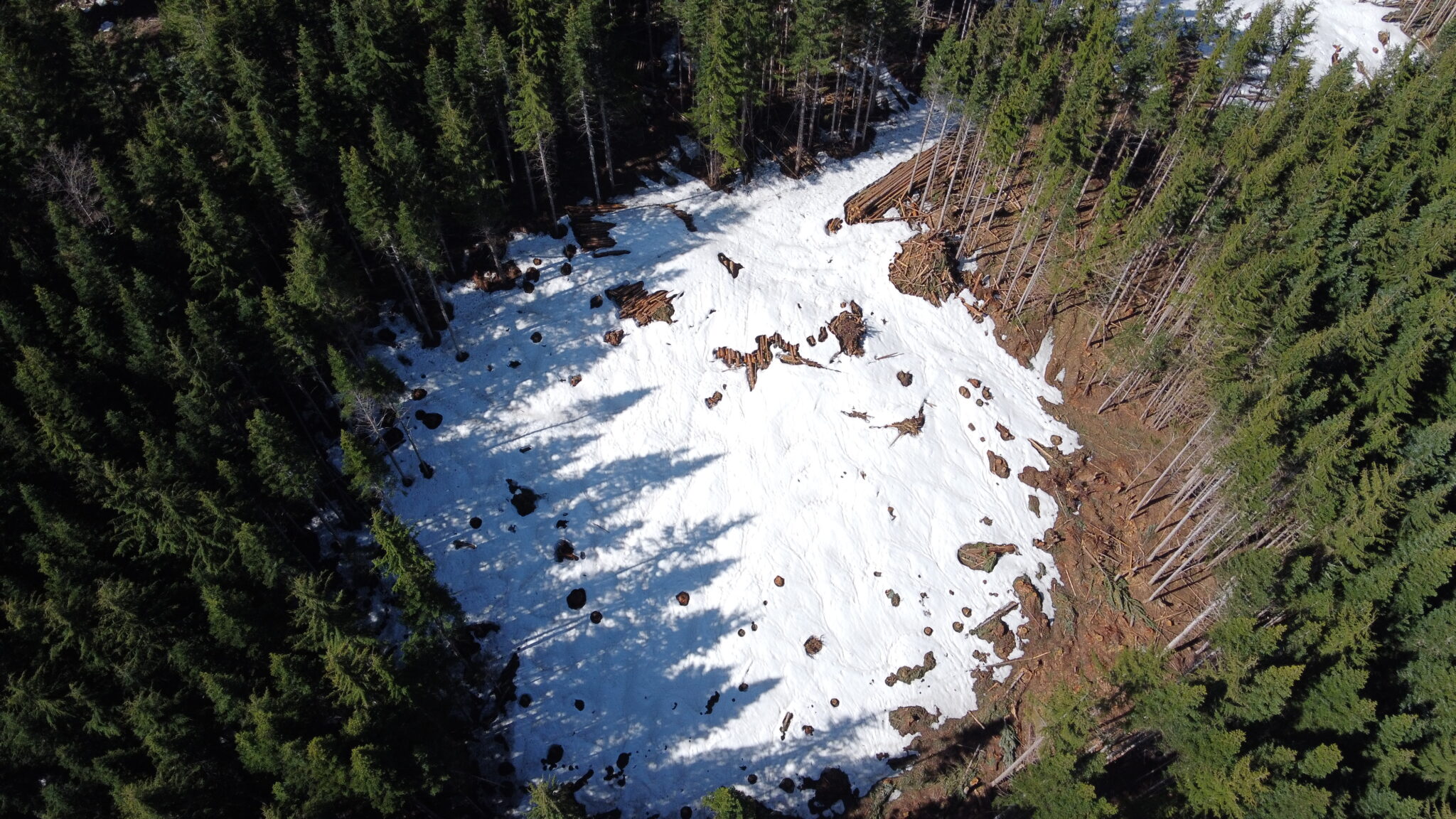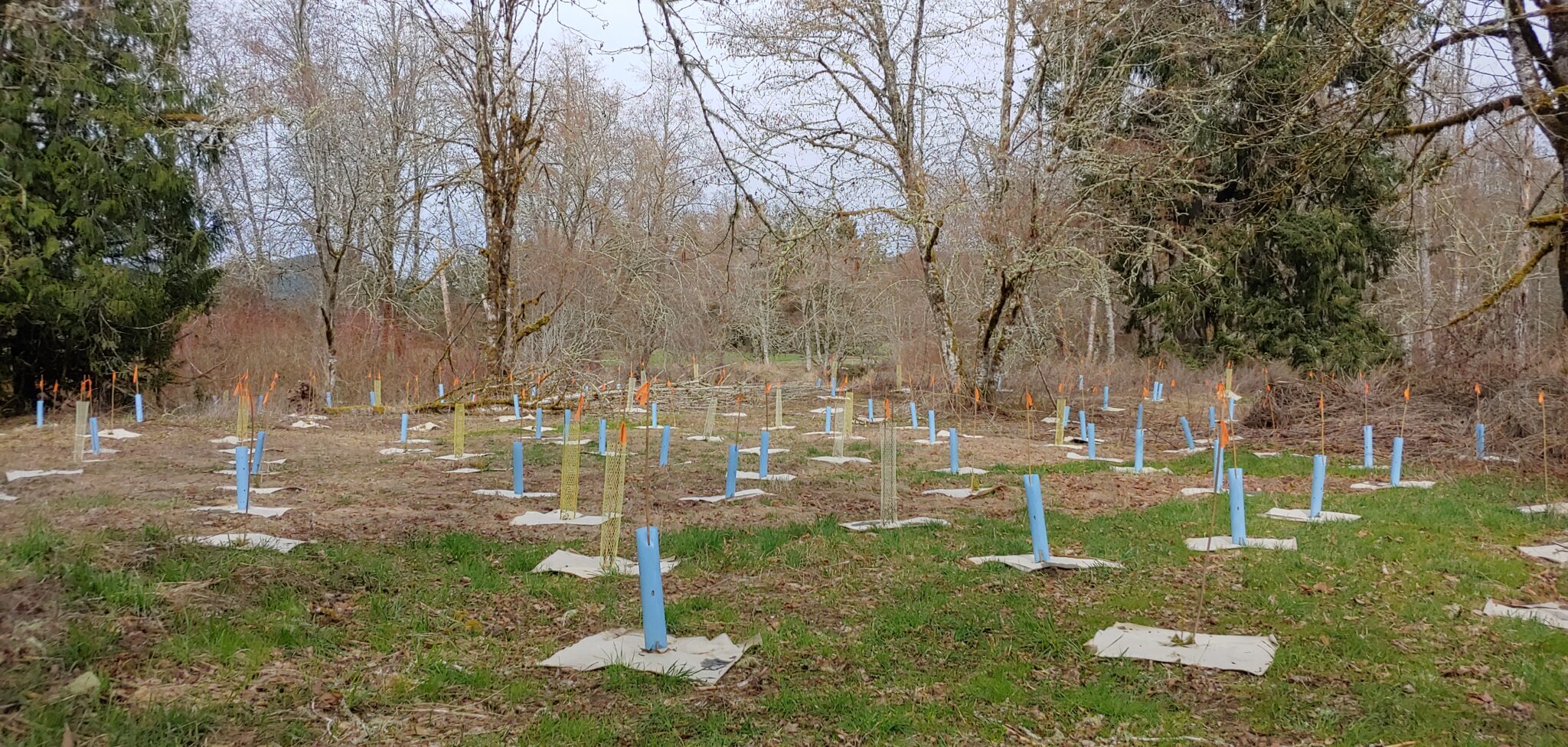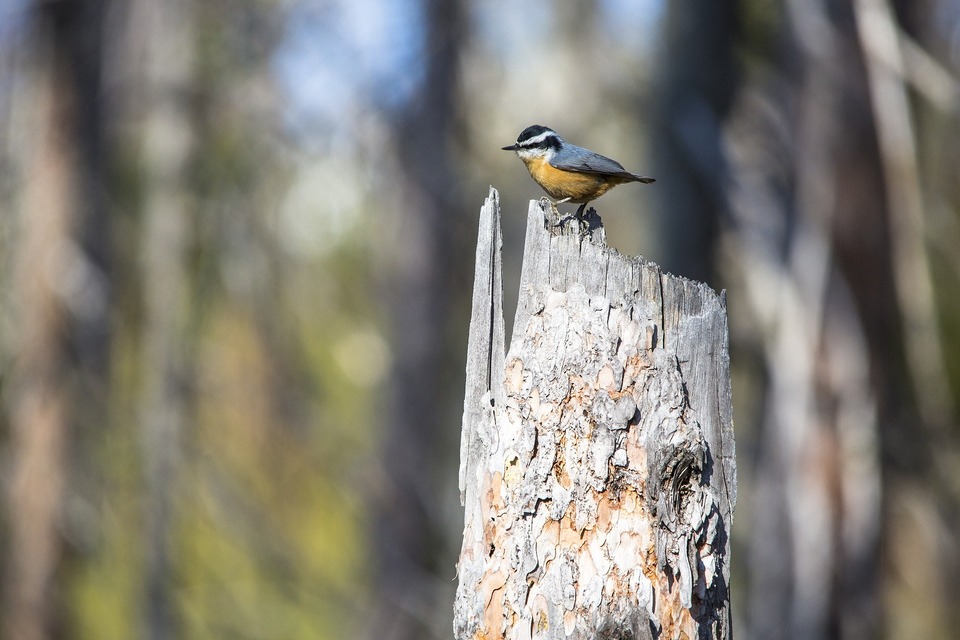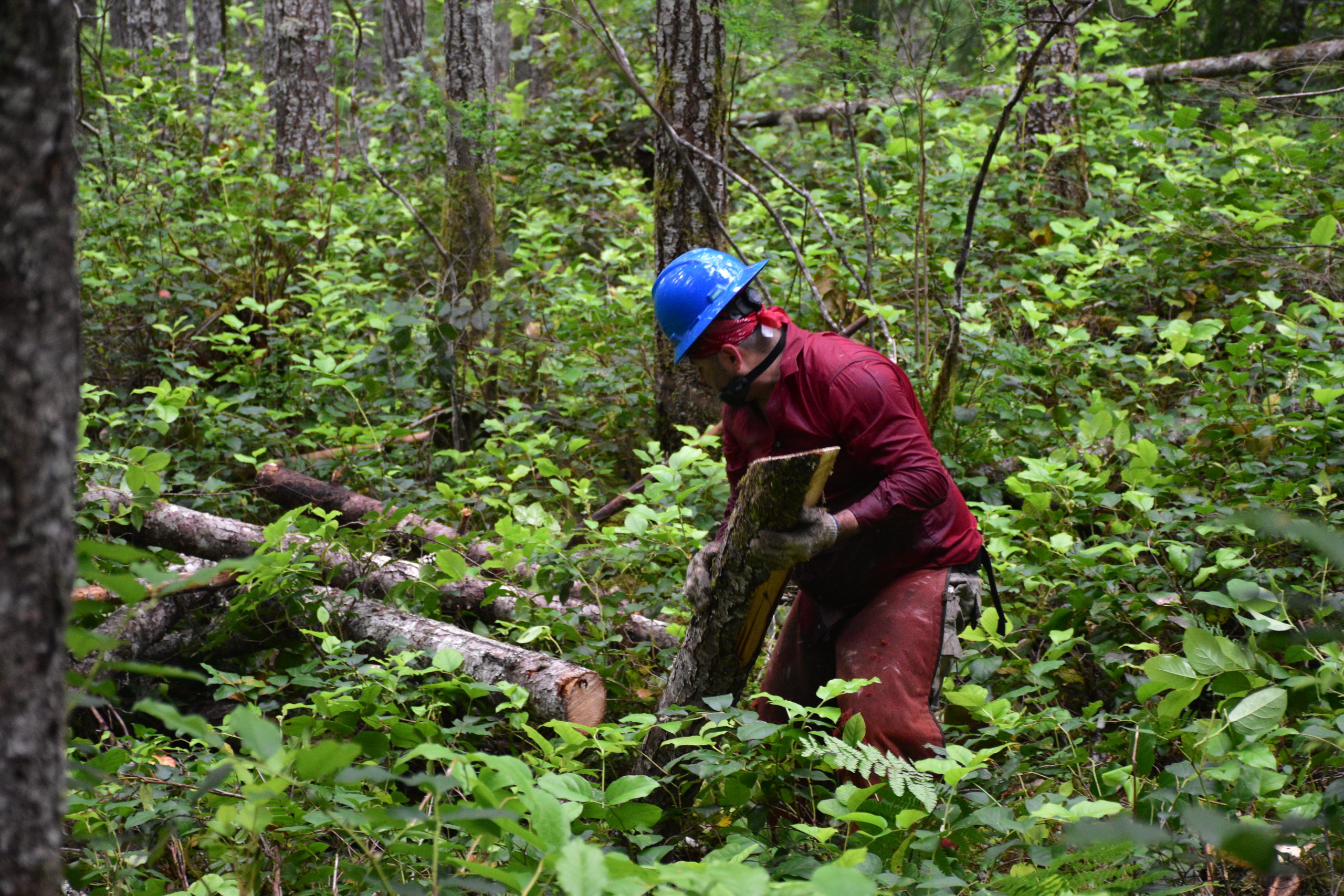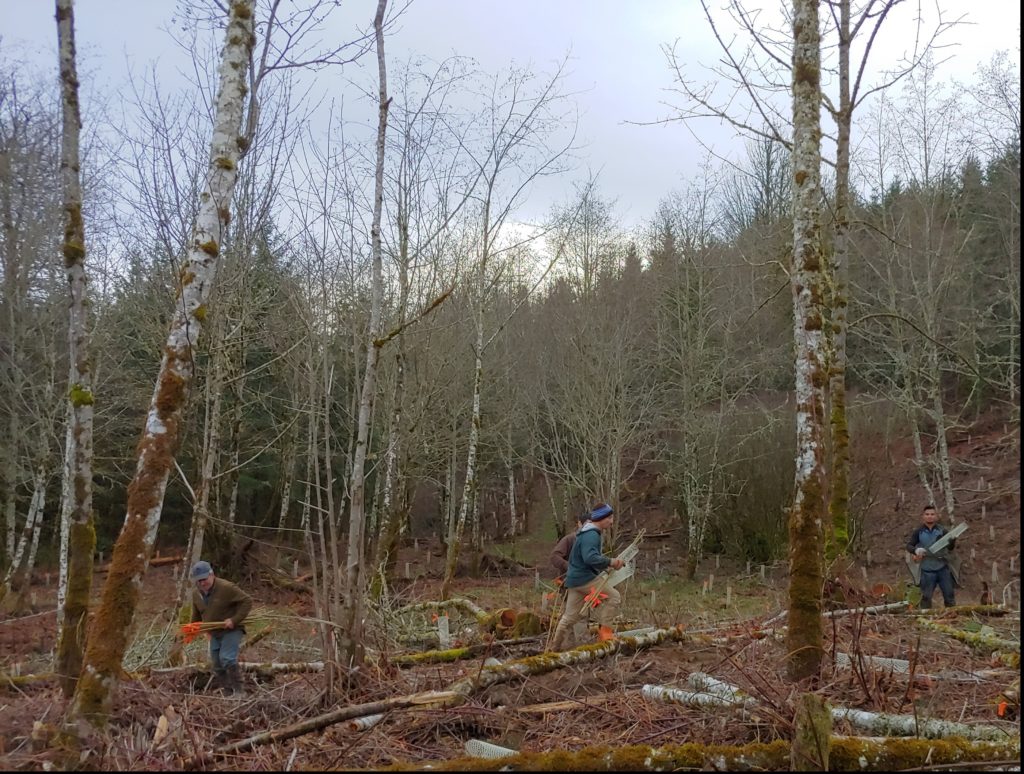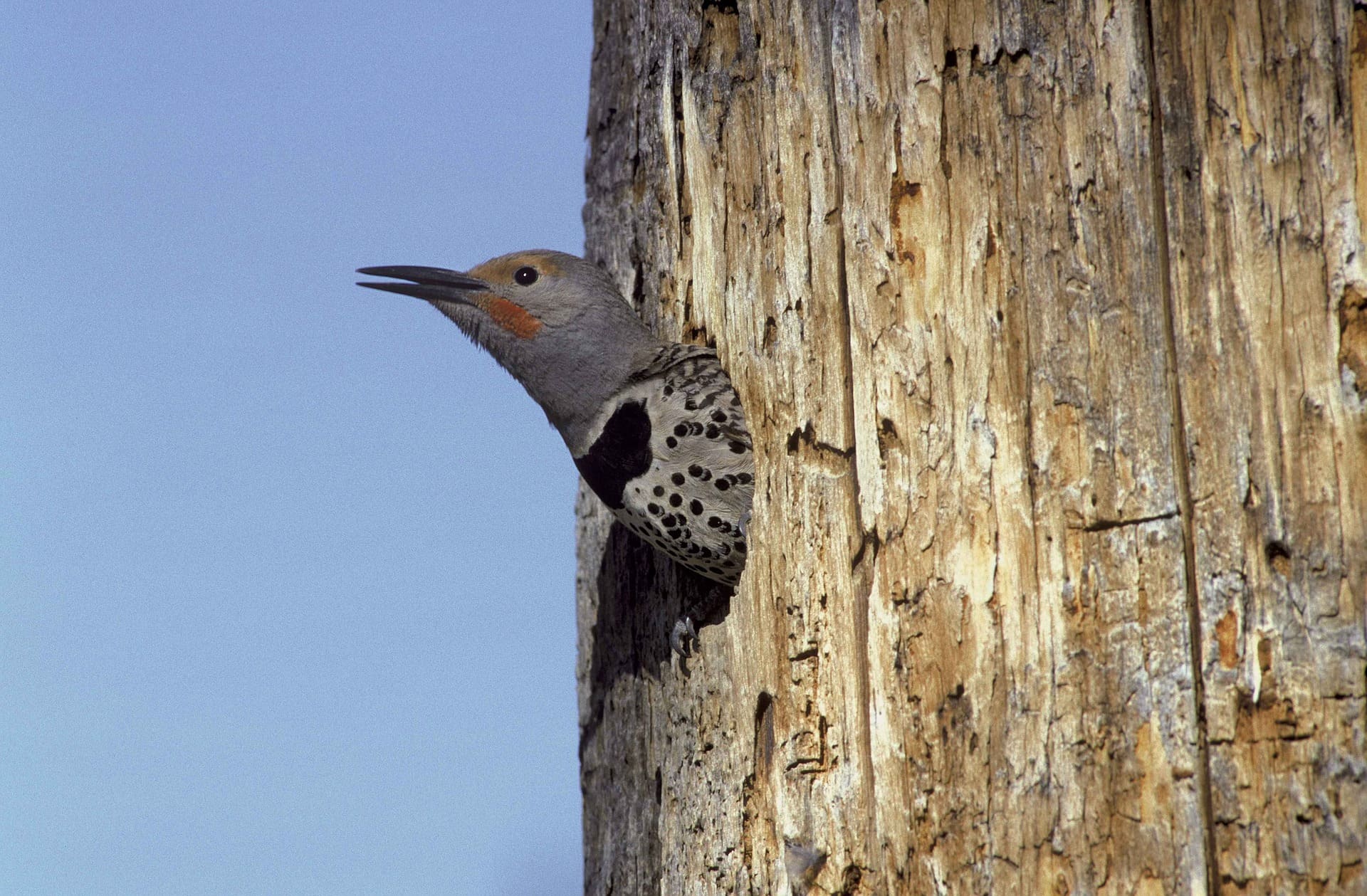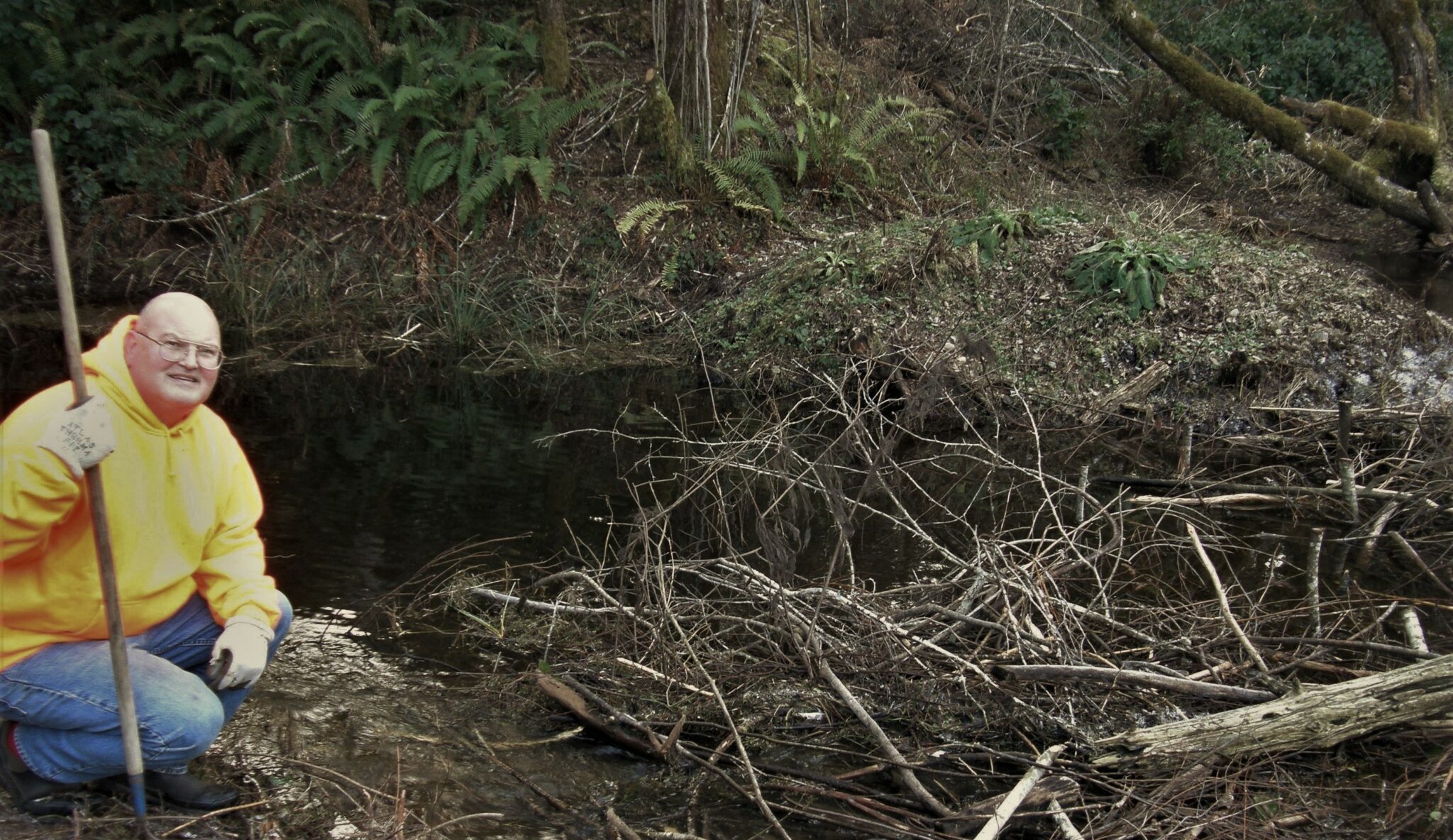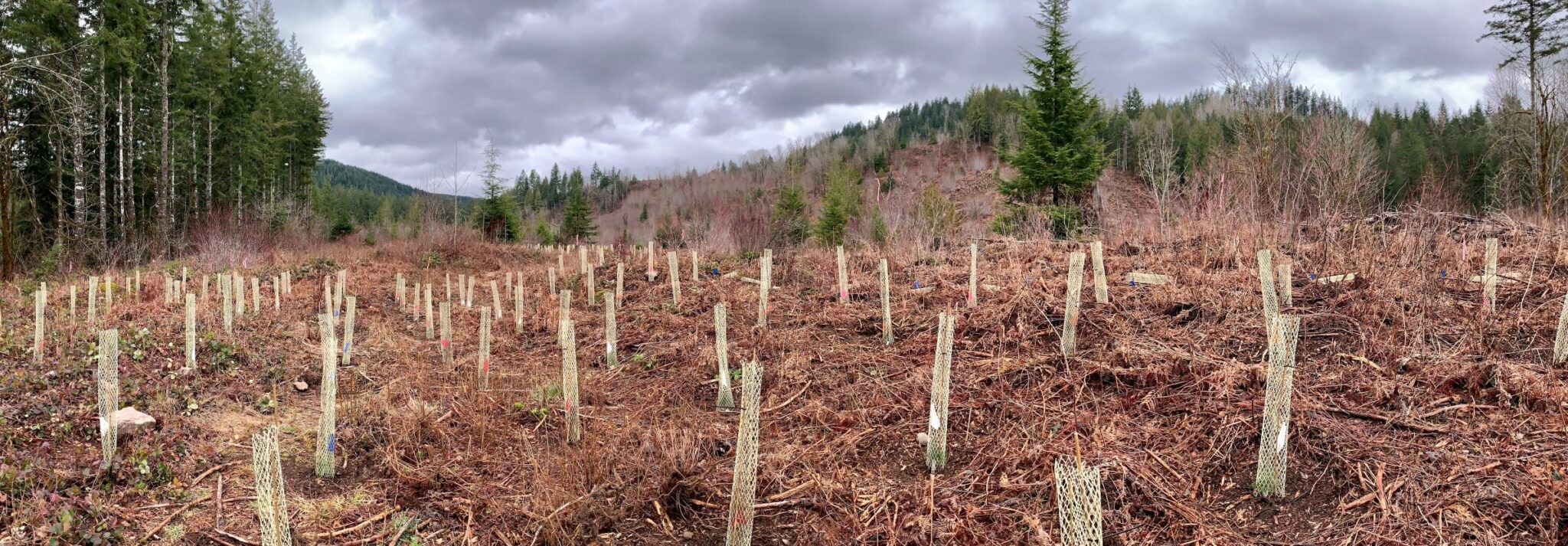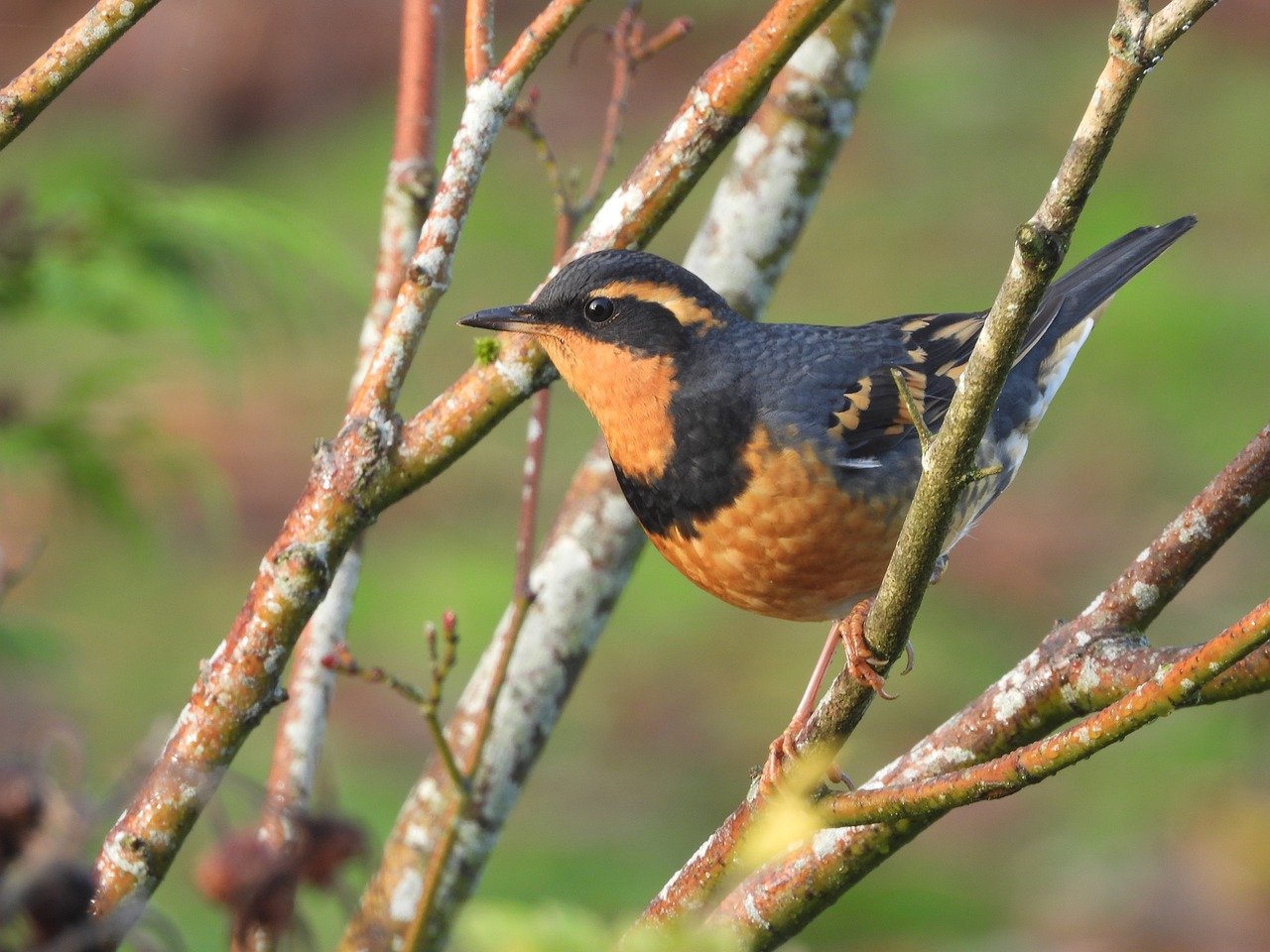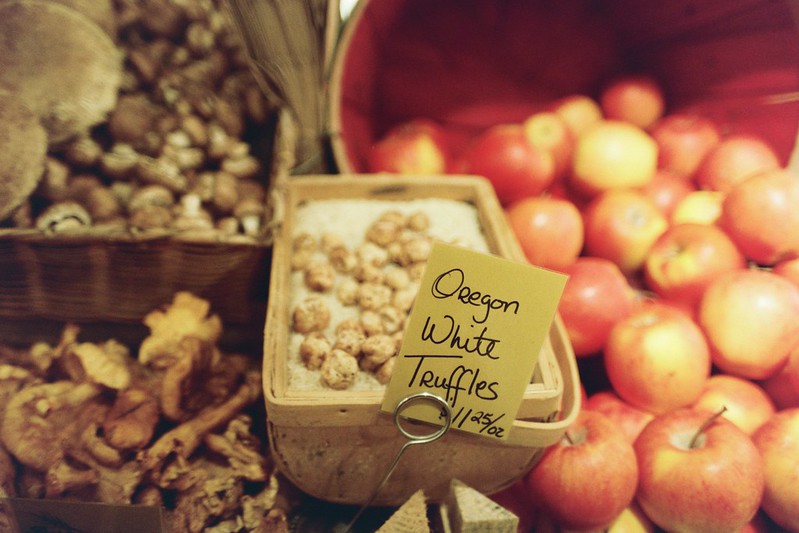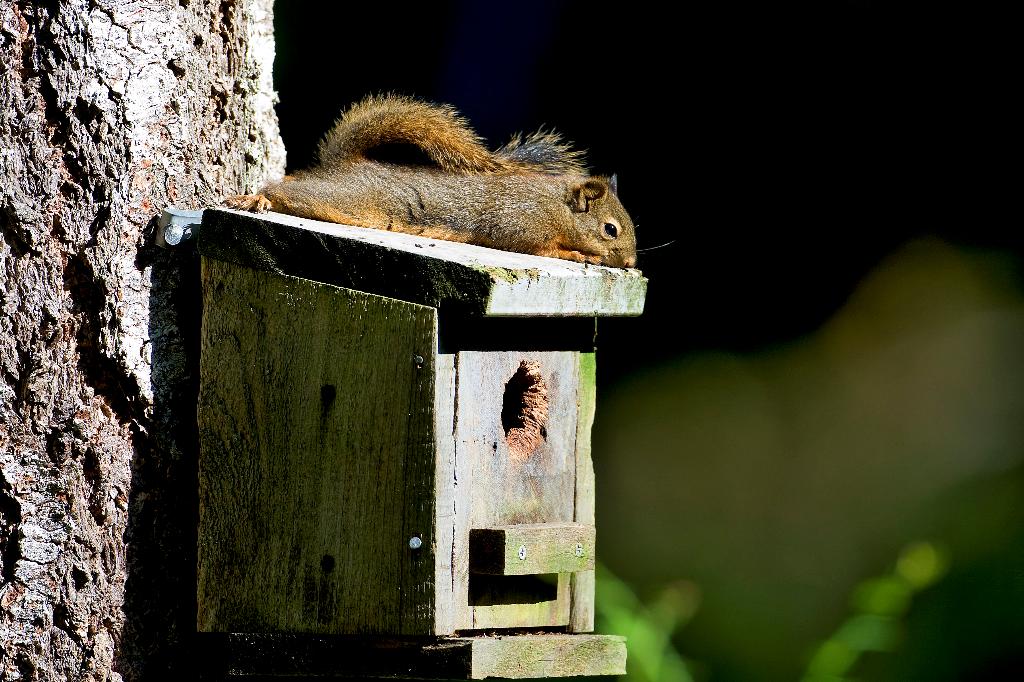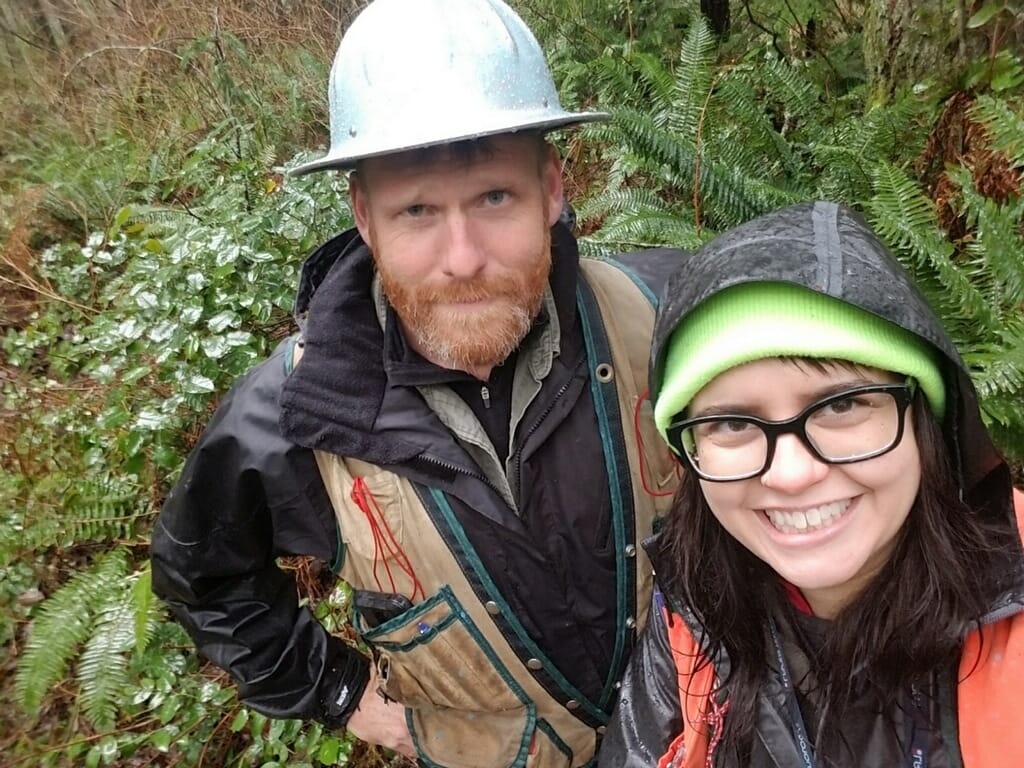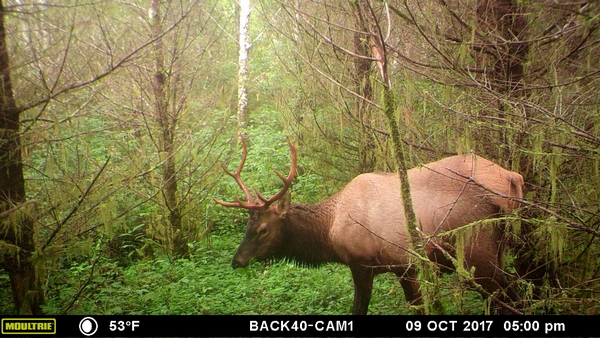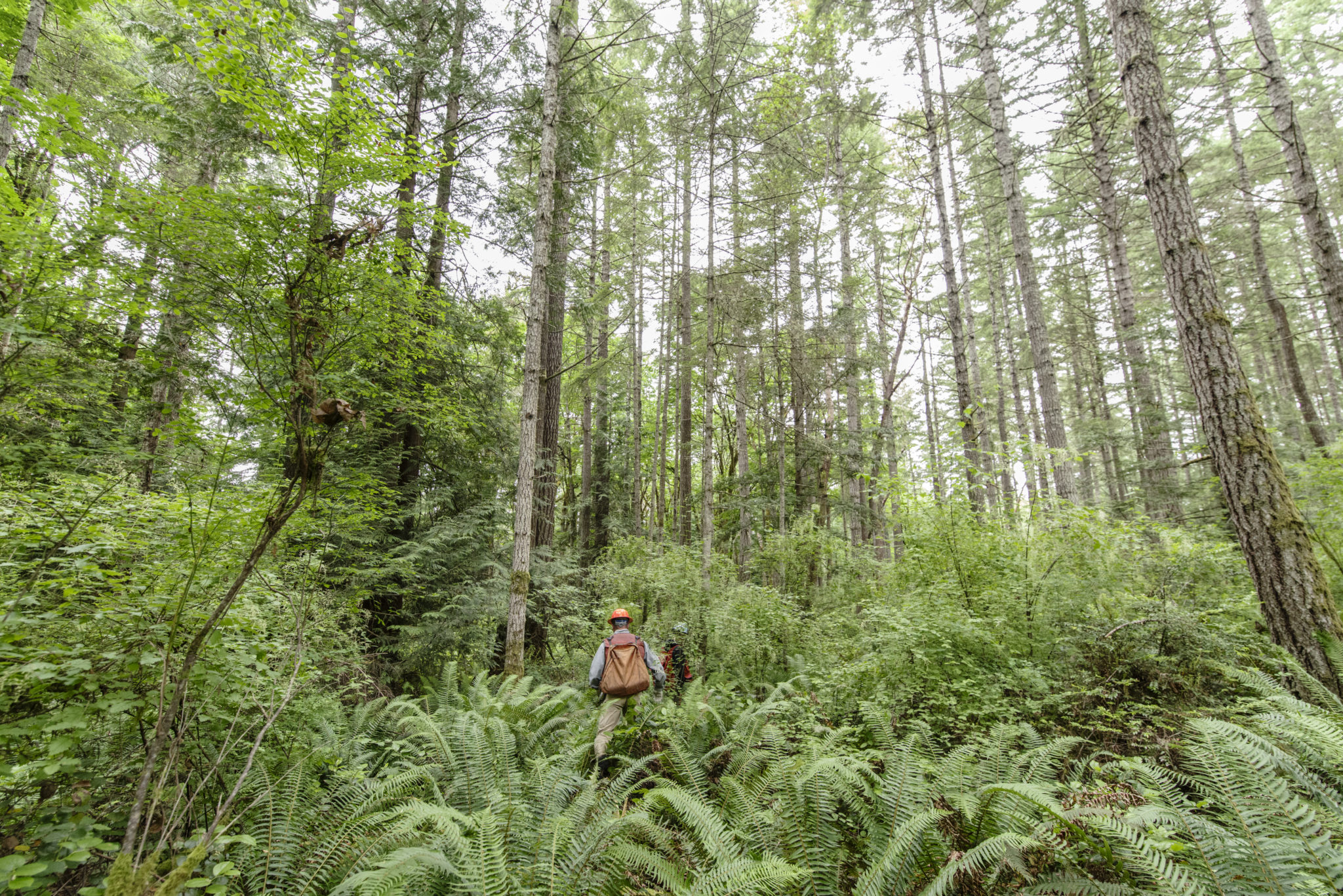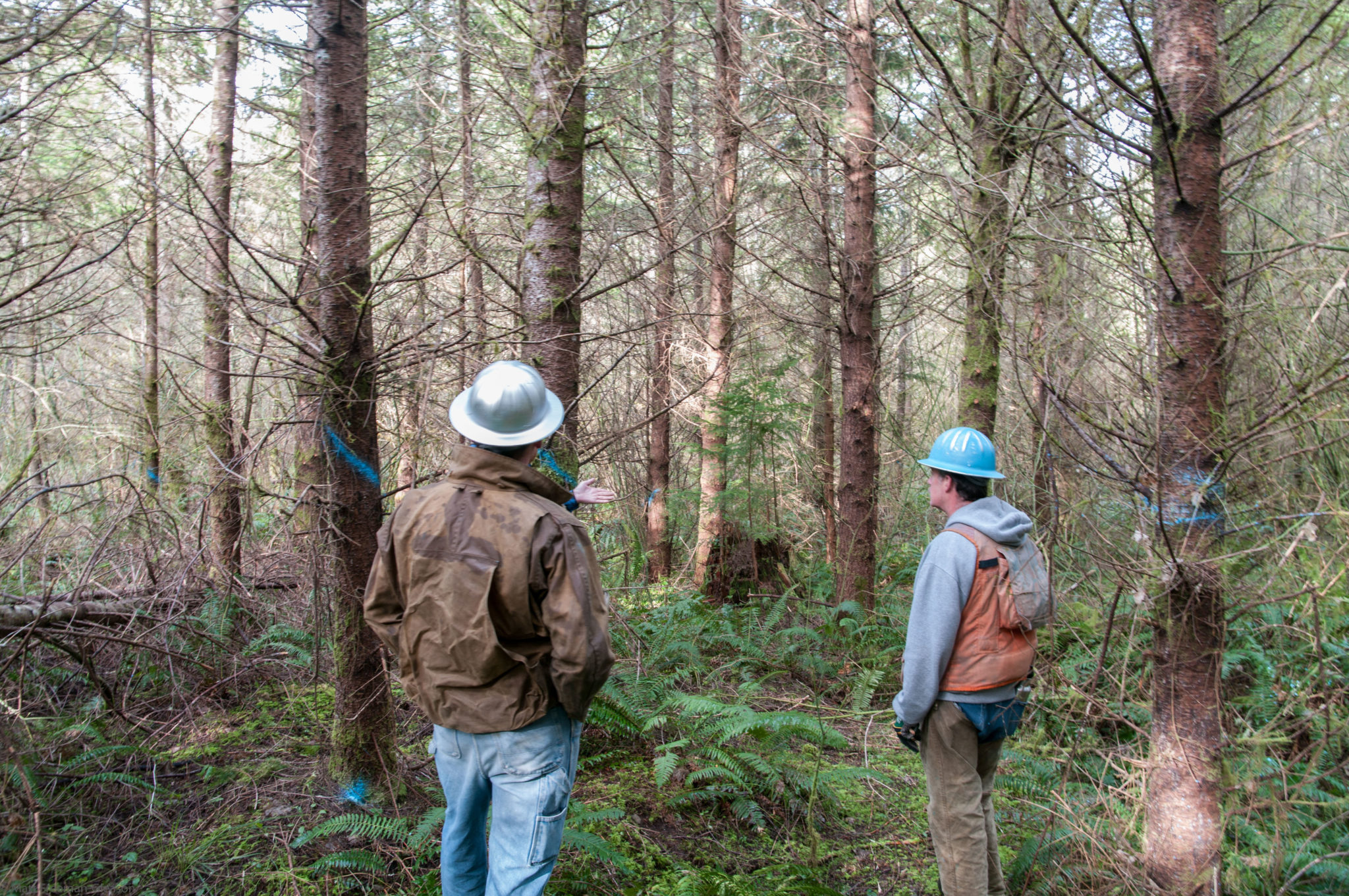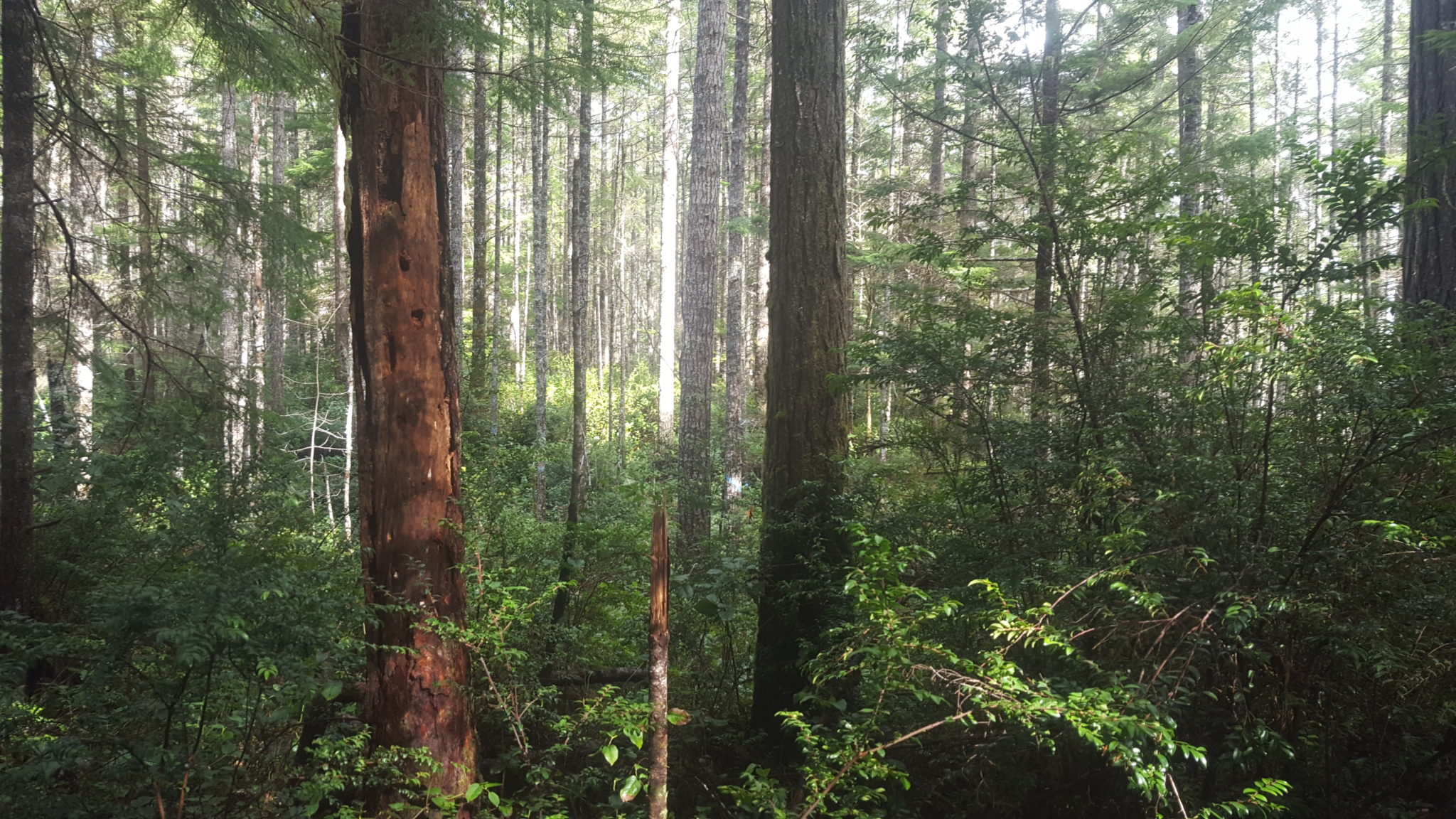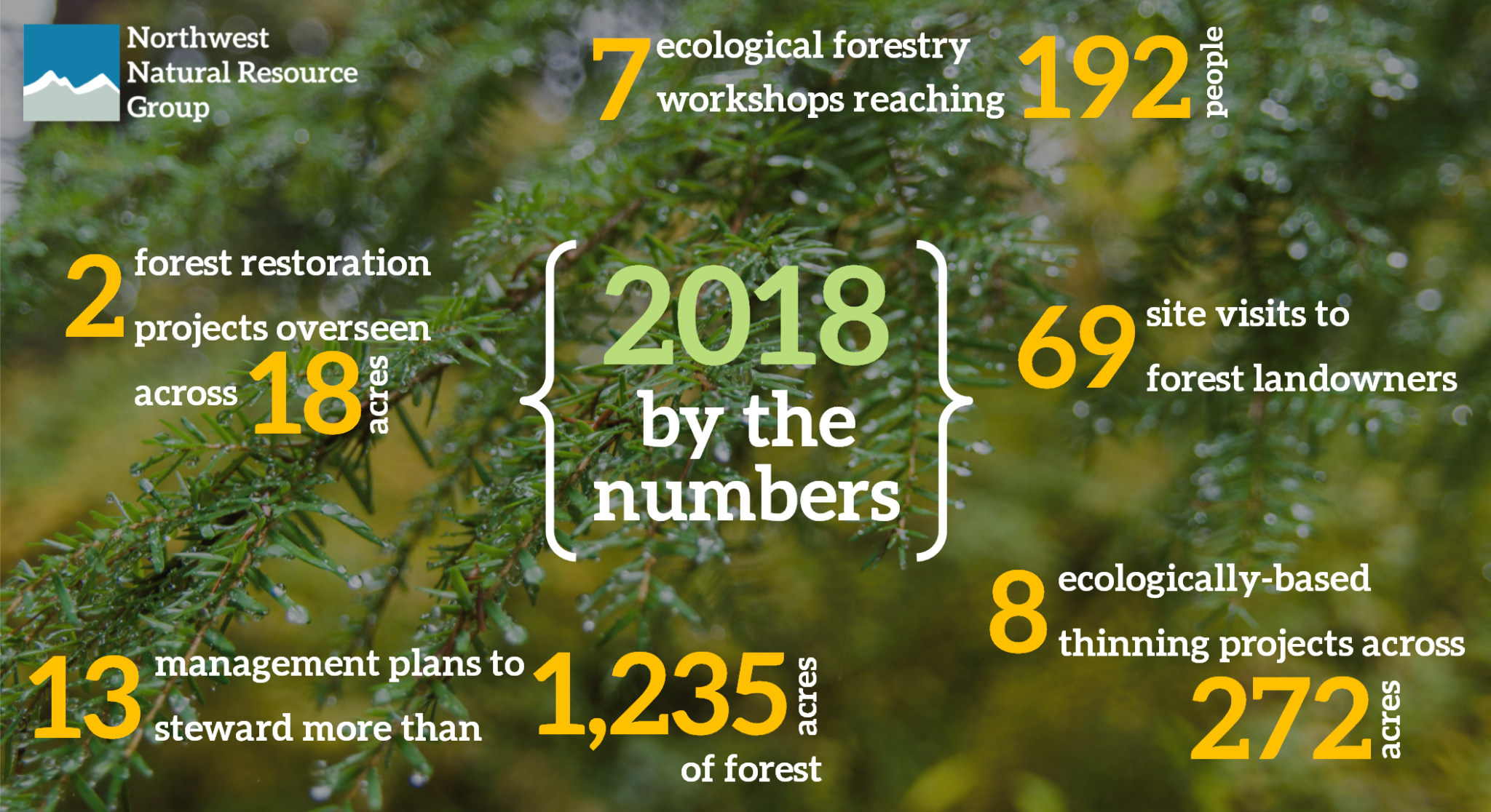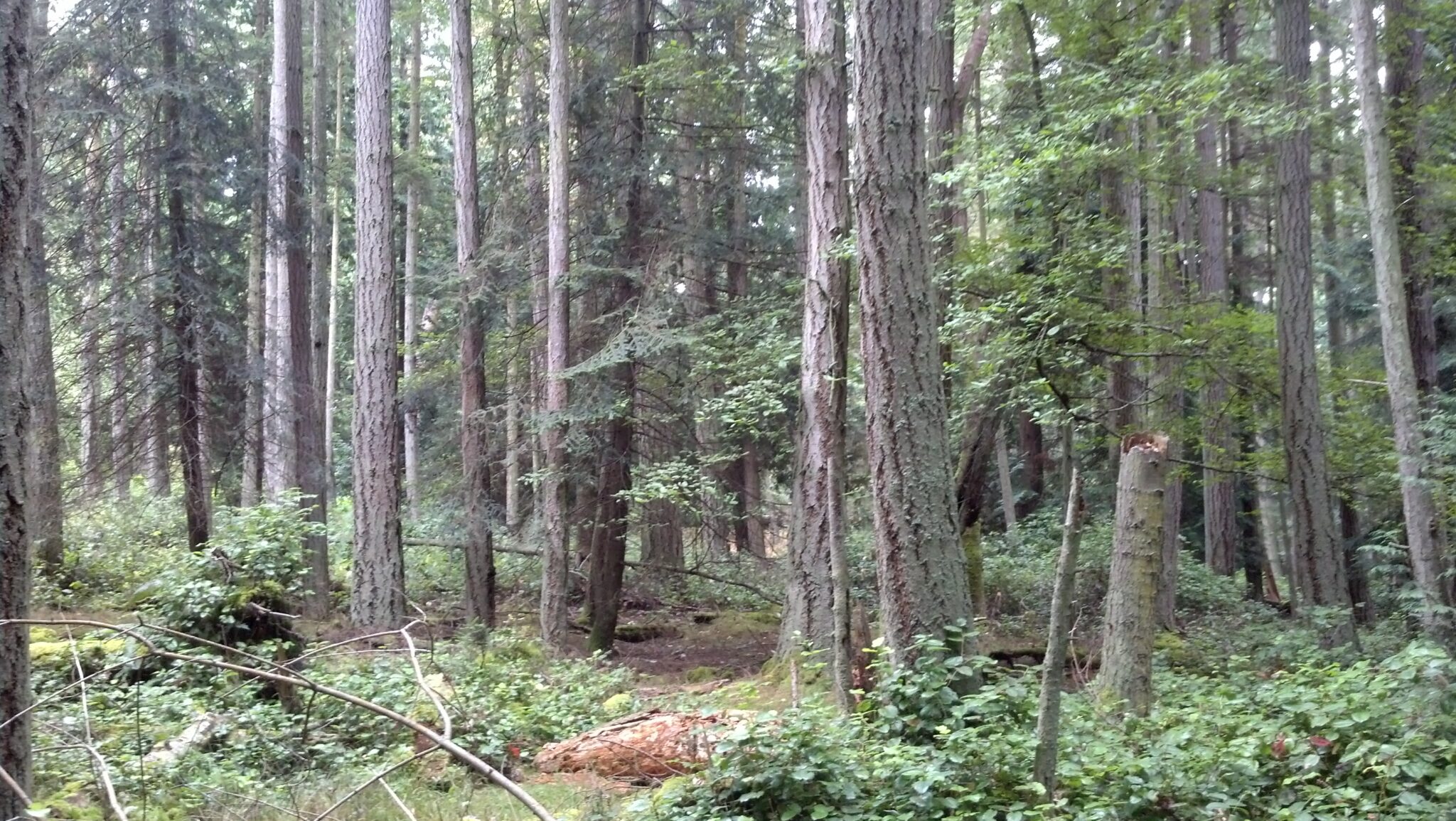Climate change is impacting landscapes on a large scale, and forests – one of our largest carbon sinks and
a critical part of any climate mitigation strategy – are at risk. If climate change is making forests more vulnerable, can innovative forest stewardship make them more resilient, and sustain the role they play in watershed protection? This question led us at Northwest Natural Resource Group (NNRG) to create an experiment in practical forestry methods, in collaboration with forward-thinking partner organizations.
News
Riparian Restoration Along the Skookumchuck River
Often when landowners come to NNRG for forest restoration help, our aim is to turn a dense, uniform forest that is susceptible to pests, disease, and fire into a more heterogeneous, resilient forest that supports a diversity of wildlife habitat and (sometimes) provides long-term timber revenue. In 2021, NNRG was hired to spearhead an entirely […]
Ecological Forestry Put to the Test for Birds
This bird monitoring study, funded by a $25,000 grant from the Cornell Lab of Ornithology’s Land Trust Bird Conservation Initiative, is going to use recordings of birdsong and bird calls captured by the AudioMoth devices to understand how a set of ecological forest management activities impact bird populations.
Active Management and Small Landowners: It’s in the Intention
By Jaal Mann and Rowan Braybrook. This article was originally published in the Winter 2023 issue of Western Forester, which focused on exploring what active management of forests means. You can read the full issue here. A prescribed burn to maintain open prairie. An individual western redcedar selected to make bentwood boxes or a dugout canoe. A […]
TIME TO START THINKING ABOUT 2024 EQIP PROJECTS
The Environmental Quality Incentives Program (EQIP) is a technical and financial assistance program managed by the USDA’s Natural Resources Conservation Service. EQIP helps forest owners access technical expertise to develop and complete conservation practices that improve the health and productivity of their land.
NNRG Welcomes New Staff
Northwest Natural Resource Group is pleased to be heading into the dog days of summer with three new team members! GUSTAVO SEGURA FLORES | Forestry Technician Gustavo was raised in the central coast of California with a large focus on traditional agriculture. Seeking a more temperate climate, Gustavo relocated to Grays Harbor County in 2017 […]
Keeping Dead Wood and Creating Wildlife Habitat Piles: Some Guidance for Forest Owners
Snags, large down logs, and big decadent trees provide food and shelter to more than 40 percent of wildlife species in Pacific Northwest forests. They are important structures for cavity-dependent birds and small mammals, food sources for woodpeckers and other foragers, and slowly release nutrients into the ecosystem with the help of decomposer critters.
Beavers as Partners in Riparian Restoration
And as the Bisers worked on restoring the hydrology of the forest, something amazing happened: beavers moved in, and eagerly set to work restoring the hydrology on their own.
Seedling Check In: Stossel Creek, One Year Later
Even with the ongoing pandemic, 2020 was a busy year at Stossel Creek! In early 2020, just before we realized that a bottle of hand sanitizer wasn’t going to be enough to save us from the news, NNRG and partners hosted a workshop and field tour at Stossel Creek. The Stossel Creek restoration project aimed […]
Hindsight Into 2020
In a year full of unprecedented events, one thing remained constant: NNRG’s commitment to sharing the benefits of ecological forestry!
A Truffle in the Hand is Worth Eight Underground
Two Oregon family forest owners know the secrets of Pacific Northwest truffles better than most; Marilyn Richen and Tammy Jackson truffle at their family woodlands—450 acres of woodlands in Columbia County—together with their dogs Blue and Gucci.
Resources for Building Wildlife Nesting & Roosting Boxes
In Pacific Northwest forests, dead wood works wonders for wildlife. But when there isn’t enough naturally occurring dead wood around, you might need to do some woodworking yourself. Wood duck carefully inspecting a nesting box. Photo by Mark Biser. Snags—standing dead or dying trees—are important forest structures for cavity-dependent birds and small mammals, food sources […]
Meet NNRG Forester Marcia Rosenquist!
This January NNRG was lucky enough to add Marcia Rosenquist to its forestry team. Marcia works with forest landowners to create ecological forest management plans based on their goals and objectives. She’s improving the health and resilience of Pacific Northwest forest land one small parcel at a time!
Keeping an Eye on the Back 40
Regular, rigorous monitoring is an important part of good forest stewardship. No one knows this better than Chris Goodman. Chris and his family own and take care of Back40 Quinault Forest, an aptly named 40-acre forest near Lake Quinault in Grays Harbor County. Since acquiring the forest in 2008, monitoring has been a critical component […]
2019 Accomplishments By the Numbers
2019 was a productive year for NNRG and the forests our members steward! We are so inspired by the landowners and managers in our community who worked to enhance habitat for threatened and endangered species, removed invasive species, planted a diverse array of native seedlings and shrubs, and pursued new markets for local wood products. […]
Welcoming new staff to NNRG
With the turning of the seasons Northwest Natural Resource Group welcomes crunching leaves underfoot, bounties of forest fungi—and two new staff members!
The Rhyme & Reason Behind Pre-Commercial Thinning (aka PCT)
Young-stand thinning (aka pre-commercial thinning or PCT) is a silvicultural practice that entails removing the individual trees that are declining in a forest―often they are smaller and have less robust crowns―and are less than 20 years old.
Skokomish Tribal Forest Certified
The Skokomish Indian Tribe has earned Forest Stewardship Council® certification for its 2,100-acre forest at the south end of Hood Canal, making it the first tribe in Washington state to gain that endorsement.The Skokomish Tribe join three other Indian tribes in the United States in maintaining FSC® certification: the Coquille Tribe in Oregon, the Hoopa Valley Tribal Council in California, and the Menominee in Wisconsin.
2018 Accomplishments by the Numbers
2018 was a productive year for NNRG and the forests our members steward! We are so inspired by the landowners and managers in our community who worked to enhance habitat for threatened and endangered species, removed invasive species, planted a diverse array of native seedlings and shrubs, and pursued new markets for local wood products. These are highlights from 2018.
NNRG Wraps Up Year-long Project on Biomass & Biofuels
This month, NNRG wrapped up a project to help landowners in the San Juans improve forest health, reduce wildfire risk, and use the slash and woody biomass byproducts in creative and beneficial ways.

